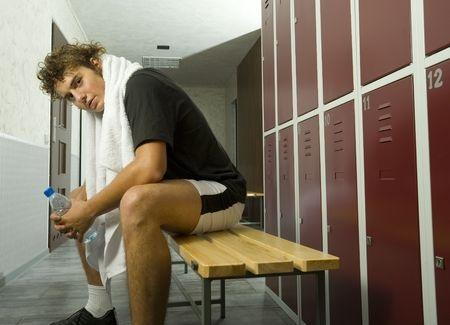Have you ever experienced the symptoms of Athlete’s Foot? The foot fungus causes itchy, red bumps and dry, cracked skin on the feet, especially in between the toes. At first you may think it is just dry skin, maybe from wearing sandals or flip flops, but applying lotion doesn’t help the situation. Then you do a search of images of “foot fungus” and lo-and-behold, looks just like what you’ve got.
Where did it come from?
Athlete’s foot (tinea pedis), also known as toenail fungus or foot fungus, is caused by a fungi group called dermatophytes, and sometimes even yeasts or molds. They can enter the body through breaks in the skin or in the space between the toenail and skin. The fungi grow well on the feet because they are usually in moist, warm, dark places while in socks and shoes.
Athlete’s foot is contagious, so any contact with someone who has the fungal infection can lead to spreading the disease. It can also be spread by walking barefoot on moist, contaminated surfaces, like locker rooms or public showers. For college students, dorm showers can also be a hotspot of bacterial or fungal growth.
Prevention
At Crofton Podiatry, we believe that prevention is the best defense. Here are some steps you can take to prevent fungal infection:
-
Wash and dry your feet completely after exercising, sweating, or getting your feet wet from whatever reason.
-
Wear moisture wicking socks and change them during the day if you are prone to sweating.
-
Rotate the shoes you wear so that you they have adequate time to completely dry out between wears.
-
Never re-use socks without washing them first.
-
Use flip-flops in locker rooms and communal showers.
Treatment
If you are suffering from foot fungus issues, you should treat the issue immediately. You should wash and dry your feet every day, use antifungal medications, and do whatever is necessary to not spread the infection to others.
If washing your feet, rotating shoes, and using antifungal medications do not work, you should make an appointment at our Crofton, MD office to see our board-certified podiatrist, Dr. Brad Toll. Persistent fungal infection could lead to more complicated issues later, so it is best to treat as soon as possible. He may use a laser treatment or prescribe stronger antifungal medication. At Crofton Podiatry, we will use the latest treatment options to take care of your foot care needs.
